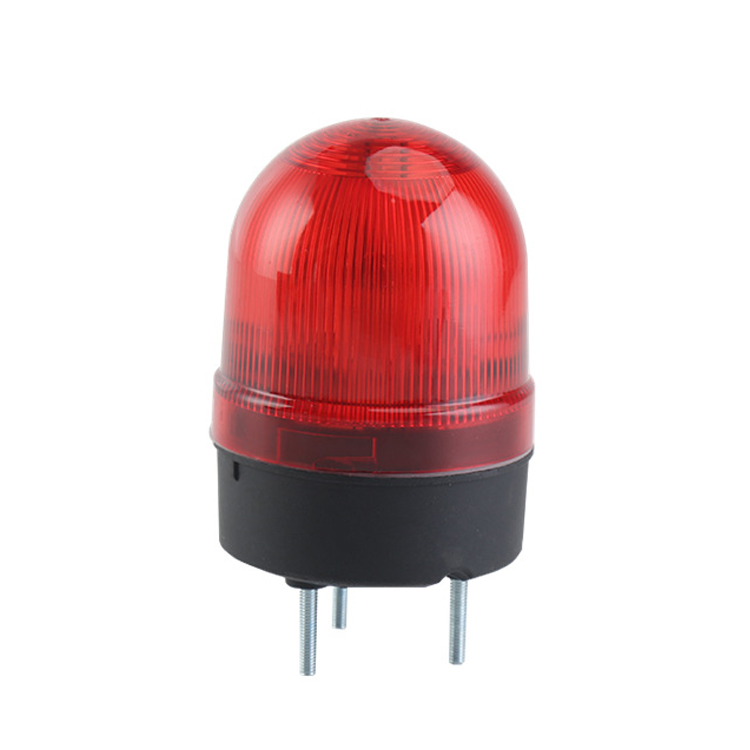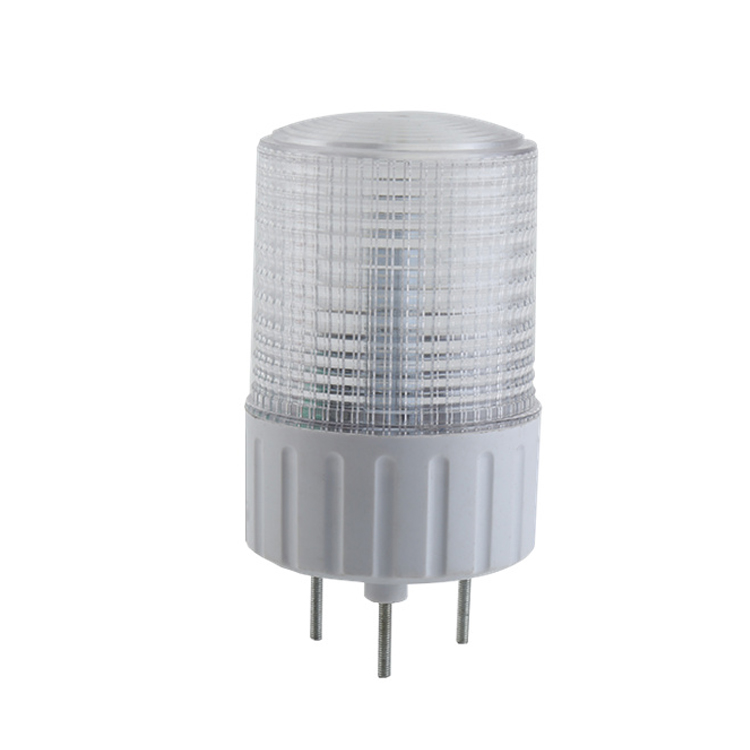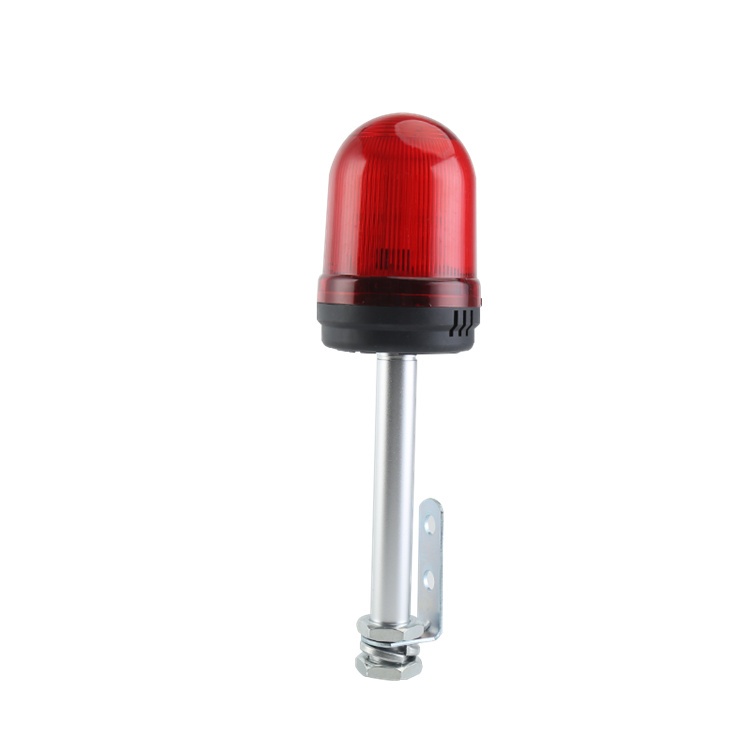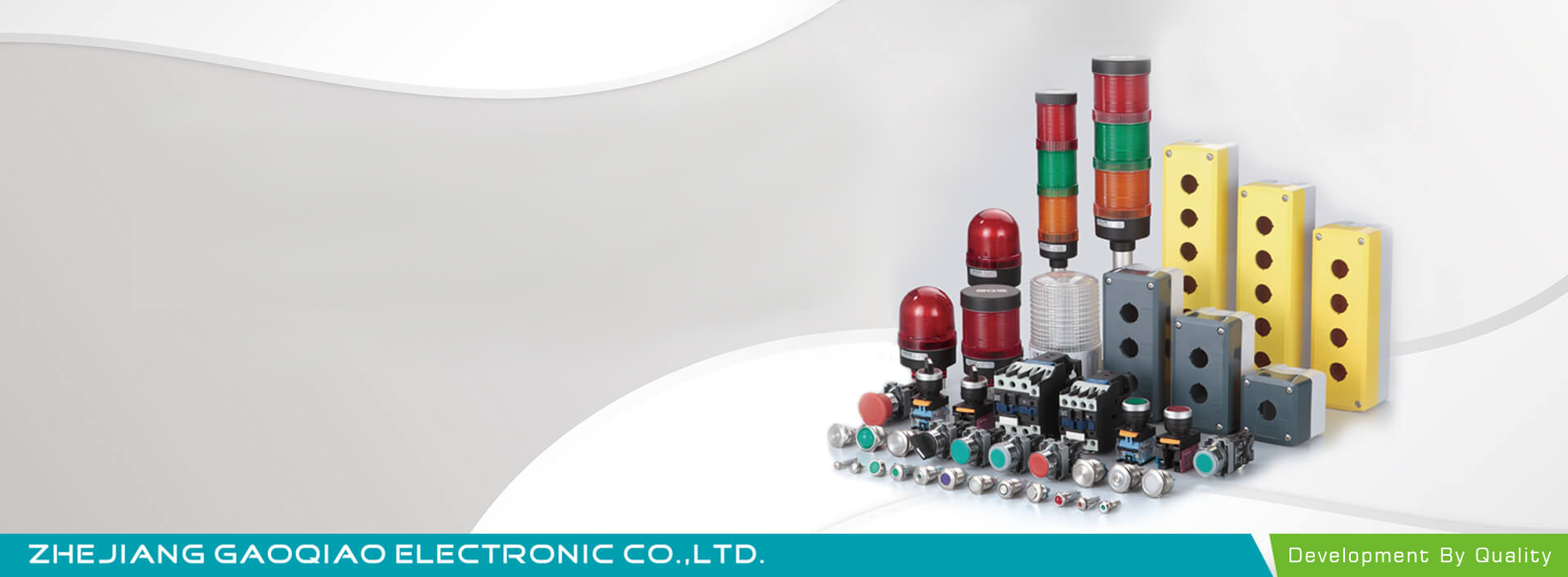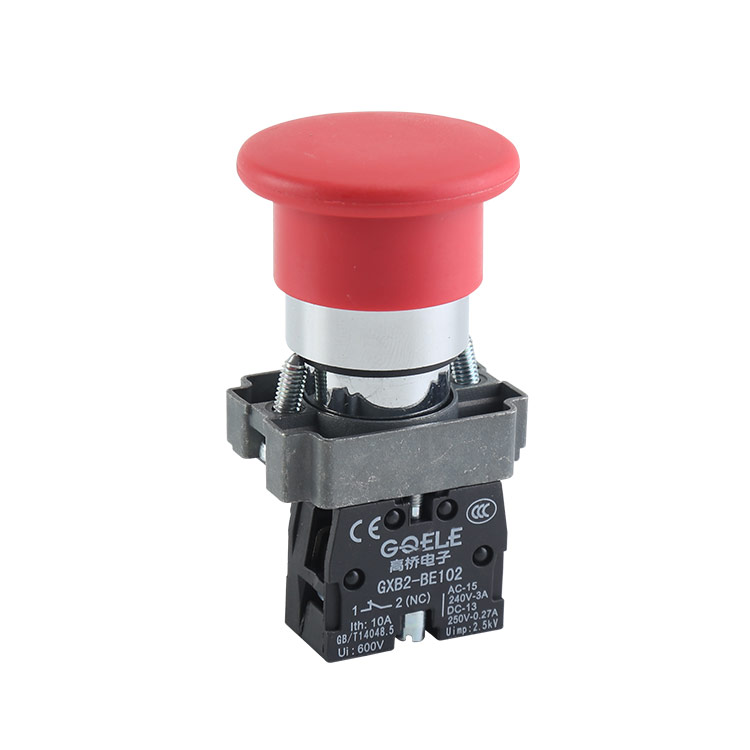
GXB2-BC42 High Quality 1NC Φ40 Mushroom Push Button Switch With Spring Return Action or Momentary

LA115-B-11 High Quality 1NO+1NC Red&Green&Blue&Black&White Plastic Contact Block

AL50E-W-31D Φ50 White AC220V LED Signal Tower Light Layer With White Light

16mm push button switch GL-16F11S/R23-SJ

LA115-B8-11M High Quality 1NO&1NC Plastic Mushroom Push Button Switch With Red Momentary Head And Without Illumination

GL-19Y11-SJ Key switch 19mm ON OFF button metal push button with connector led push button light

AD116-22W/G Φ22 Isolation Switch Position Indicator Light With Black Shell

LA115-B8-11RD1 Double head push button plastic red green

CJX2-(LC1-DN)80

GXB2-EB60 High Quality Push Button Accessories Plastic Yellow Cylinder Protective Cover Shell

GXB2-EB30 Yellow Plastic Push Button Switch Accessory Cylinder Protective Cover Shell
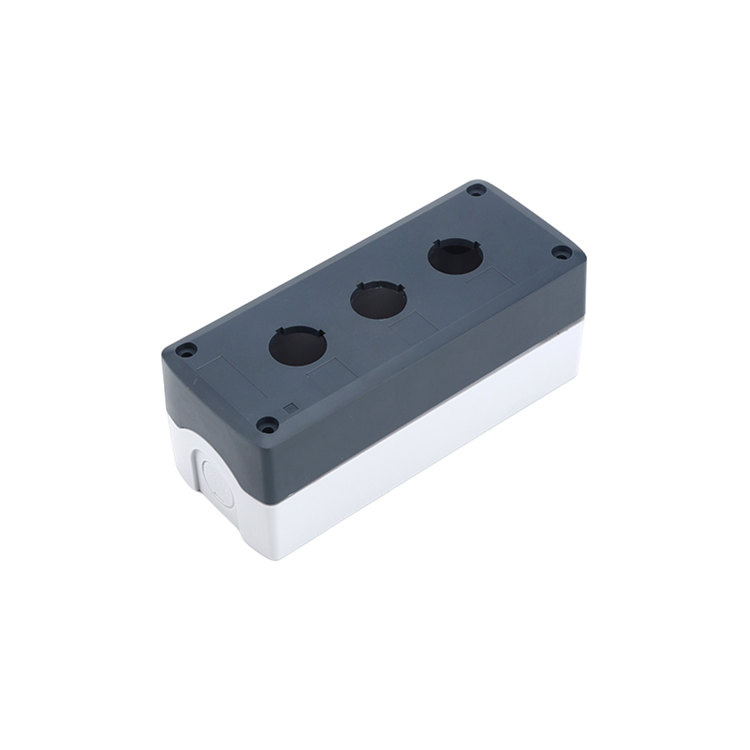
GOB-3A-GW High Quality Three Holes Dark Grey Cover With White Base Push Button Control Box




